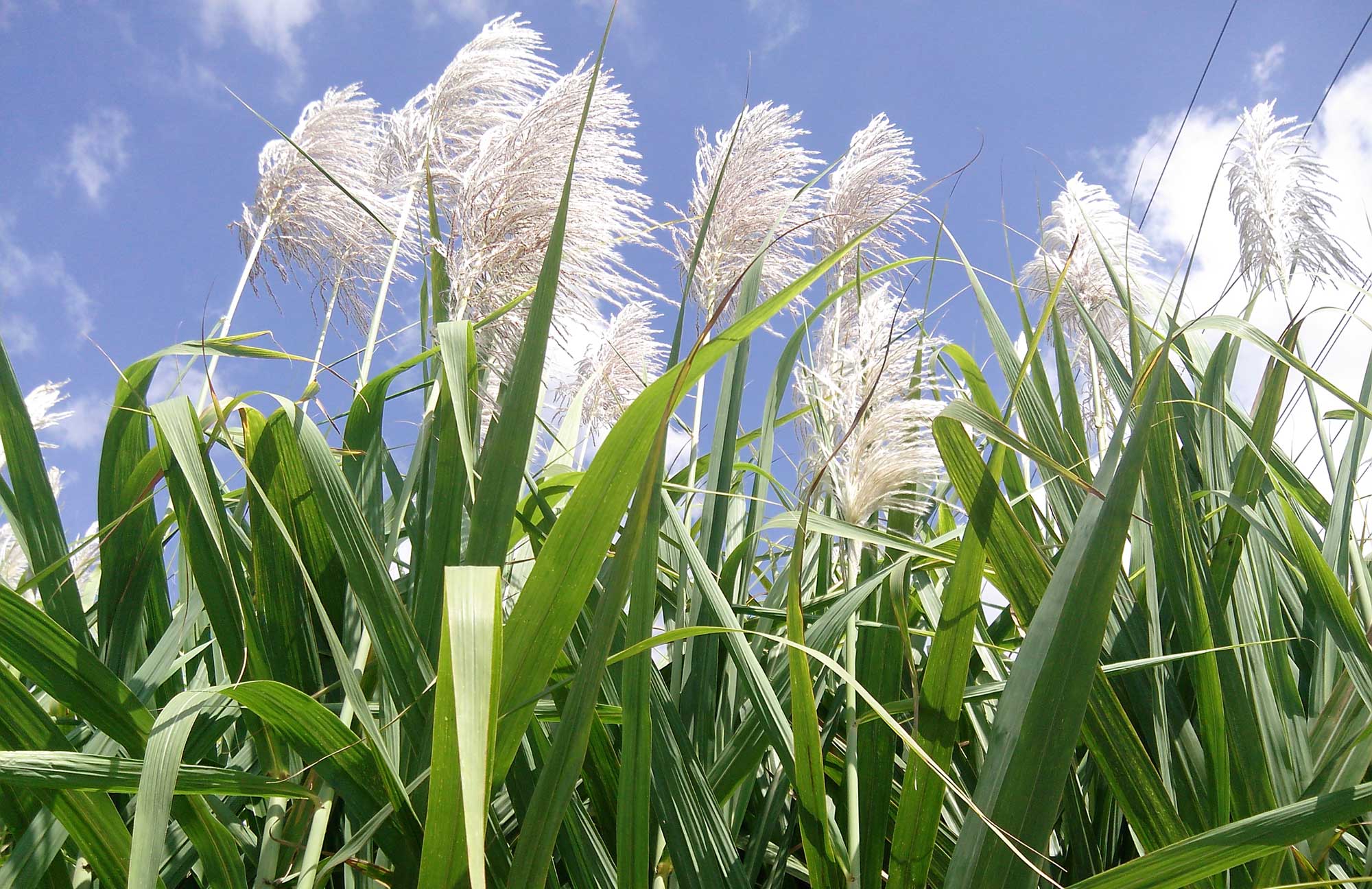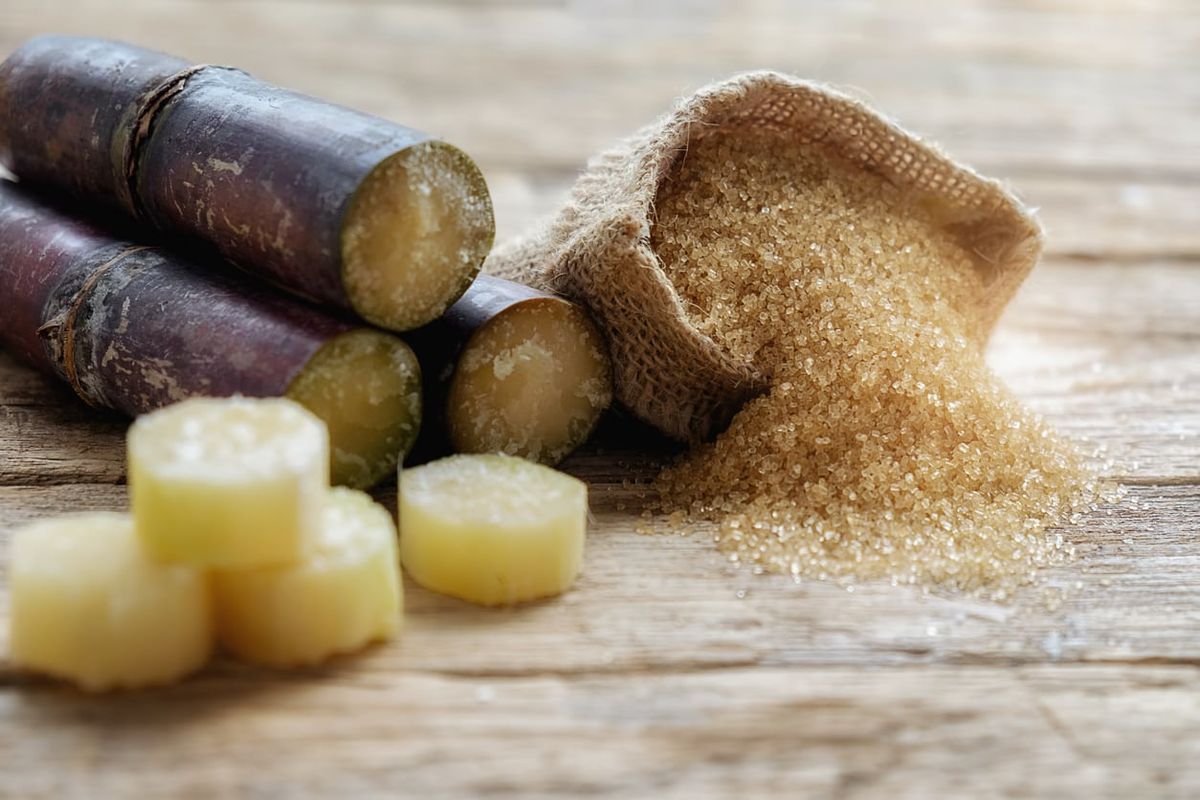Discovering the Total Line of Process Chemicals: What Are Sugar Canes Utilized For in Production?
Sugar walking canes play a pivotal role in numerous manufacturing procedures, working as a versatile basic material. Their high sucrose web content makes them crucial in the food market, while innovations in biofuels and eco-friendly plastics highlight their potential past conventional usages. Additionally, sugar walking stick essences are getting acknowledgment in pharmaceuticals and nutraceuticals for their wellness benefits. The complex applications of sugar walking sticks elevate interesting questions about their future in commercial sectors. What possibilities lie ahead?

The Journey of Sugar Walking Cane: From Area to Manufacturing facility
As the sun increases over huge fields, the trip of sugar walking stick starts, noted by thorough growing and harvesting procedures. Farmers choose perfect selections, guaranteeing robust growth in appropriate environments. Normal watering and nutrient monitoring are important, promoting healthy stalks rich in sucrose. When fully grown, the walking stick is harvested, frequently making use of mechanical cutters that effectively gather the stalks.Once collected, the sugar walking stick is moved to processing facilities where it undergoes washing and milling to remove juice. This juice is after that cleared up, eliminating pollutants via sedimentation and purification. The clear liquid is concentrated by evaporation, and subsequently taken shape to generate raw sugar.Throughout this journey, quality assurance is paramount, making certain that the end product meets market requirements. The makeover of sugar walking cane right into raw sugar illustrates a complicated interplay of agriculture and manufacturing, establishing the stage for its diverse applications in numerous industries.
Biofuels: Harnessing Energy From Sugar Walking Cane
A substantial part of the world's biofuel manufacturing is originated from sugar walking cane, which functions as a renewable energy resource. This functional plant is mainly processed to draw out sucrose, which can be fermented to produce ethanol. Ethanol stemmed from sugar cane is not just a clean-burning gas option yet likewise contributes to reducing greenhouse gas discharges contrasted to conventional fossil fuels. In countries like Brazil, sugar walking cane biofuel has come to be a considerable component of the energy matrix, powering automobiles and reducing reliance on imported oil. The growing of sugar walking stick for biofuels additionally sustains country economic climates, giving jobs in farming and processing. In addition, the byproducts of sugar cane handling, such as bagasse, are used in power generation, additional improving the sustainability of the manufacturing cycle. In general, sugar walking stick biofuels stand for an encouraging opportunity for accomplishing power freedom while promoting ecological stewardship.
Biodegradable Plastics: The Sustainable Remedy
What if the service to the global plastic dilemma lies in eco-friendly choices? Biodegradable plastics, stemmed from sustainable resources such as sugar canes, present an ingenious strategy to reducing plastic waste. Unlike typical plastics, which can take centuries to decompose, these environmentally friendly products damage down normally, lessening ecological impact.The production of biodegradable plastics involves making use of sugars from sugar walking canes to develop polylactic acid (PLA) and other biopolymers. These materials keep similar functionality to traditional plastics, making them ideal for different applications, consisting of product packaging, tools, and farming films.As consumers and industries change toward sustainability, eco-friendly plastics use a compelling choice. They not just lower reliance on nonrenewable fuel sources but likewise sustain a circular economic situation by going back to the earth without leaving damaging deposits. The raising demand for such materials signals a substantial step toward attending to journalism requirement for more sustainable manufacturing options despite ecological difficulties.
Sugar Cane Extracts in Nutraceuticals and pharmaceuticals

The Future of Sugar Walking Cane in Industrial Applications
As sectors remain to i loved this look for lasting and sustainable resources, sugar walking cane is positioned to play a crucial role in numerous industrial applications past its standard use in sugar production. Its biomass supplies an eco-friendly resource for biofuels, reducing reliance on fossil fuels and adding to lower carbon discharges. Additionally, sugar walking stick's spin-offs, such as bagasse and molasses, are being explored for their capacity in bioplastics and naturally degradable materials, addressing the expanding need for eco-friendly packaging solutions.Research is also underway to boost the efficiency of sugar cane derivatives in numerous fields, consisting of textiles, cosmetics, and building. By harnessing the distinct residential properties of sugar walking cane, producers can produce innovative items that align with consumer choices for sustainability. As modern technology advances, the convenience of sugar walking cane will likely increase, solidifying its setting as a vital gamer in the shift toward an extra lasting industrial landscape.

Frequently Asked Inquiries
What Is the Refine of Refining Sugar Walking Stick Into Sugar?
The procedure of refining sugar walking cane into sugar includes harvesting, crushing to extract juice, clearing up the juice, evaporating water, taking shape sugar, and lastly drying and packaging the refined product for circulation and intake. (What Are Sugar Canes Used For)
Just How Does Sugar Walking Cane Impact Local Economies?
Sugar walking cane considerably influences neighborhood economies by creating work, improving farming production, and producing profits via exports. Its growing supports neighborhood services and little farmers, promoting neighborhood development and improving general economic security in sugar-producing areas.
Exist Any Type Of Environmental Interest In Sugar Walking Stick Farming?
Ecological issues related to sugar cane farming consist of logging, soil destruction, water usage, and chemical runoff (What Are Sugar Canes Used For). These problems influence regional communities and contribute to climate adjustment, prompting ask for even more sustainable agricultural techniques within the sector
What Are the Nutritional Perks of Sugar Cane?
The nutritional advantages of sugar walking cane include its rich web content of vitamins, antioxidants, and minerals. It provides natural energy, sustains hydration, and may assist digestion, Continued adding favorably to total health when consumed in moderation.
Just How Does Sugar Walking Stick Compare to Various Other Crops in Sustainability?
Sugar cane exhibits higher sustainability compared to numerous crops as a result of its reliable use land and water sources, capacity to generate biofuels, and capacity for carbon sequestration, adding favorably to environmental wellness and farming methods. When mature, the cane is collected, often making use of mechanical cutters that effectively collect the stalks.Once gathered, the sugar walking cane is moved to processing centers where it undertakes milling and cleaning to extract juice. Unlike typical plastics, which can take centuries to decay, these green products damage down normally, lessening ecological impact.The production of naturally degradable plastics involves using sugars from sugar canes to produce polylactic acid (PLA) and various other biopolymers. Usually identified for their function in sugar production, sugar walking cane removes are significantly finding applications in the nutraceutical and pharmaceutical sectors. As industries continue to seek renewable and sustainable resources, sugar walking why not try this out stick is poised to play a crucial role in different commercial applications beyond its traditional use in sugar manufacturing. Additionally, sugar walking stick's byproducts, such as bagasse and molasses, are being discovered for their potential in bioplastics and naturally degradable materials, resolving the expanding demand for ecologically pleasant product packaging solutions.Research is also underway to boost the performance of sugar walking cane derivatives in numerous industries, including textiles, cosmetics, and building and construction.